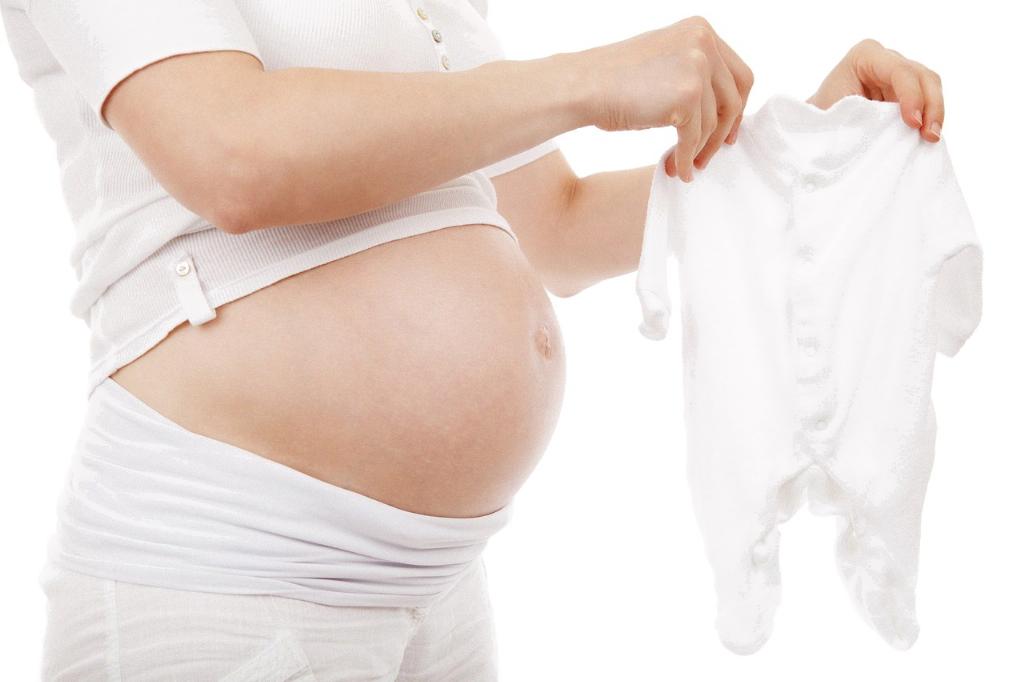Dwarfism is a condition that affects an individual’s growth, resulting in significantly shorter stature than average. While people with dwarfism lead fulfilling lives, detecting it during pregnancy can help parents prepare and seek appropriate medical care from an early stage.
Factors to Consider in Detecting Dwarfism
During pregnancy, fetal growth is closely monitored by healthcare providers. Factors such as the length of the limbs, size of the head, and overall growth pattern are assessed to identify any abnormalities that may indicate dwarfism-related disorders.
Diagnostic Tools Used in Prenatal Care
Advanced diagnostic tools like prenatal ultrasound play a crucial role in detecting potential dwarfism during pregnancy. Anomalies such as disproportionately short limbs in relation to the trunk can raise suspicion and prompt further evaluation.
Importance of Early Detection
Early detection of dwarfism during pregnancy enables parents and healthcare providers to make informed decisions about the child’s medical care and treatment options. It allows for early intervention and support services to be put in place.
Genetic Testing and Counseling
In some cases, genetic testing may be recommended to confirm a suspected diagnosis of dwarfism. Genetic counseling can provide valuable insights into the condition, its implications, and potential recurrence risks for future pregnancies.
Impact on Pregnancy and Birth
Knowing in advance that a child may have dwarfism can affect how parents prepare for the birth and postnatal care. It allows for proactive planning and ensures that the necessary resources and support systems are in place.
Emotional Preparation and Support
Receiving a prenatal diagnosis of dwarfism can be emotionally challenging for parents. It is essential to have access to counseling and support services to address any fears or concerns and prepare for the journey ahead.
Medical Management and Monitoring
Children with dwarfism require specialized medical care and ongoing monitoring to address potential health issues associated with the condition. Early detection allows for timely interventions and treatments.
Educational and Developmental Considerations
Parents of children with dwarfism may need to explore educational options and developmental support tailored to their child’s unique needs. Early detection can facilitate access to appropriate resources and interventions.
Community and Peer Support
Being part of a supportive community of families with children with dwarfism can provide valuable connections and resources. Support groups and networks offer emotional support and shared experiences.
Creating a Positive Environment
Building a positive and inclusive environment for children with dwarfism starts from an early age. Educating others about the condition and promoting acceptance and understanding can help foster a supportive community.
Conclusion
In conclusion, while dwarfism can be detected during pregnancy through careful monitoring and diagnostic tools, it is essential for parents to receive comprehensive support and information to navigate the journey ahead. Early detection allows for proactive management and ensures the best possible outcomes for children with dwarfism.

